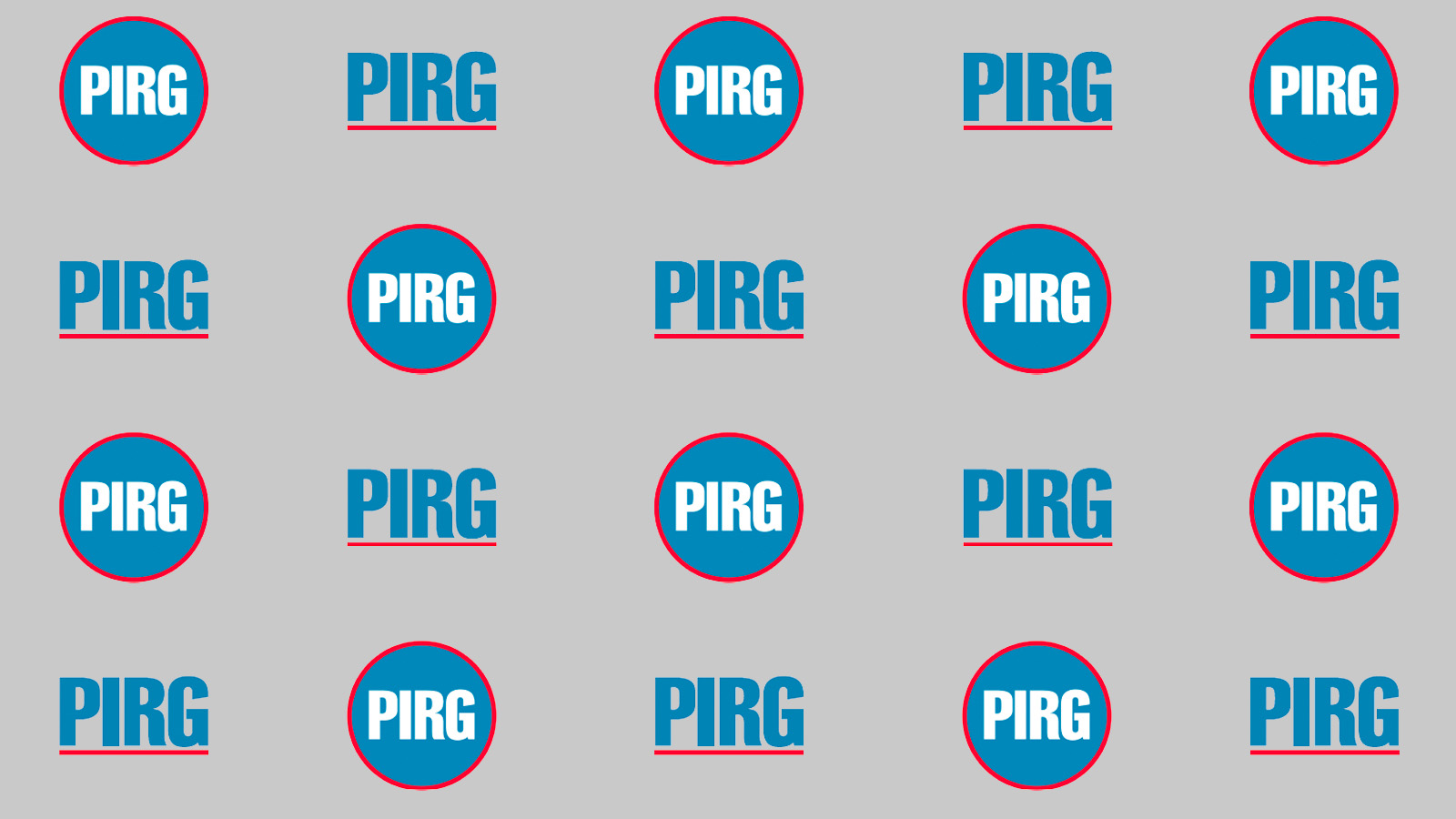Lets Make Smart Regulations About Protecting Consumers, Not Saving Big Business Money
In Cost/Benefit Chief Cass Sunstein’s recent White House Blog Post, Making Regulation Smarter to Save Lives and Money, Sunstein talks about streamlining regulations as highlighted in the President’s recent Executive Order. What the President and Mr. Sunstein should be talking about is a fast and smart regulatory review process.
In Cost/Benefit Chief Cass Sunstein’s recent White House Blog Post, Making Regulation Smarter to Save Lives and Money, Sunstein talks about streamlining regulations as highlighted in the President’s recent Executive Order, Identifying and Reducing Regulatory Burdens, and about having well-designed regulations. Both he and the President argue that it is an obligation of our government to scrutinize rules on the books to see if they really make sense. Apparently what the American public needs is continued analysis to identify rules that should be streamlined, improved, or even eliminated.
We respectfully disagree. What the President and Mr. Sunstein should be talking about is a fast and smart regulatory review process.
The organization within the OMB that Mr. Sunstein heads — the Office of Information and Regulatory Affairs (OIRA) — is infamous for holding back important public health regulations. One extremely pertinent example of a rule that was held up for an excessive period of time is the Food and Drug Administration’s rule to prevent salmonella contamination in eggs. FDA wrote a pretty smart rule. Under the egg rule, facilities with 50,000 or more laying hens must establish controls to prevent contamination, including refrigeration of eggs within 36 hours of laying, ensuring chicks are from uninfected flocks, and testing hen houses for Salmonella Enteriditis. The FDA had no luck forwarding this rule during the Bush Administration as that administration was zealous about cutting public health protections. FDA resubmitted this rule in 2008 to OIRA where it languished. The rule was finally put into effect in July 2010 in reaction to one of the biggest food outbreaks due to contaminated eggs the United States has ever seen. The Centers for Disease Control and Prevention (CDC) estimates that approximately 1,939 people were infected with Salmonella Enteritidis associated with this catastrophic egg outbreak between May 1 and Nov. 30, 2010. If this rule had been released in a timely manner, and not sat in OIRA for two years, it may have averted most of the illness and deaths linked to this outbreak and potentially the half billion eggs recalled.
A second example of a rule that was delayed is the mercury emission rule. This rule has been estimated by the EPA to prevent up to 11,000 deaths each year, 2,800 cases of chronic bronchitis, 130,000 asthma attacks, and more than half a million missed work or school days for illness. It is a rule that will protect vulnerable populations like children and the elderly. The EPA also estimated that the rule will save the economy over $37 billion to $90 billion a year to 2016. Yet this rule was nearly twenty years in the making and nearly did not see the light of day. It would have sat in OIRA’s review process if public health advocates and environmentalist had not raised a hue and cry about the benefits of the rule.
So, yes, smart regulations do save us millions of dollars and lives-the emphasis on lives. Yet Cass Sunstein’s blog and the President’s EO came out at a time when several smart regulations or rules are either under attack by special interests or meandering down the long slow, costly and bureaucratic review process. Here are two great examples of rules that are still waiting:
Millions of babies under the age of six months receive some formula, even when breast feeding is the primary feeding choice. The Infant Formula Good Manufacturing Practices Rule would ensure that infant formula meets nutritional needs of millions of babies; prevents health problems and impaired growth and development; and prevents contamination of infant formula by Salmonella enterica and Enterobacter sakazakii, since infants are extremely susceptible to foodborne illness due to their immature immune systems. As recently as January 2012 an infant’s death was linked to consumption of contaminated infant formula. This rule has been in the works since 1996 and has still not been finalized. Smart!
EPA’s Proposed Chemicals of Concern List is a small list to which the EPA is proposing to add a category of eight phthalates, a category of polybrominated diphenyl ethers (PBDEs), and bisphenol A (BPA) to a list of chemical substances that present an unreasonable risk to human health and the environment. EPA is proposing this rule using the authority provided under section 5(b)(4) the Toxic Substances Control Act (TSCA). This simple rule would greatly protect pregnant women, fetuses, infants and children as numerous studies have shown that BPA is a chemical that causes harm to the reproductive system, and increases the risk of breast cancer, diabetes and heart disease. Yet the chemical can still be found in baby bottles, sippy cups and in food cans. The rule has also been sitting in OIRA’s office for over two years. Smart!!
Again with all due respect, Mr. Sunstein should not be talking simply about reducing regulatory burdens, and continued analysis of regulations, which is a needlessly bureaucratic and expensive exercise. What he should be talking about is redefining the regulatory process, so needed regulations are expanded and implemented in a fast and timely manner thereby saving and protecting more American lives. Unfortunately, large and powerful special interests have hidden themselves behind a litany of complaints about the supposed costs imposed on small businesses by regulation, and that has prevented the national debate from also evaluating the public health benefits of smart, effective and fast regulations. The real issue to me as a consumer and a consumer advocate is not so much that there is a regulatory burden as this: needed public health safeguards take decades to get implemented causing injuries, illness and often death. That is not Smart!
Topics
Authors
Nasima Hossain
Find Out More

Apple AirPods are designed to die: Here’s what you should know

New report reveals widespread presence of plastic chemicals in our food

FTC goes after second tax prep firm, H&R BLOCK joins INTUIT TURBOTAX for deceptive claims of “Free tax prep”

